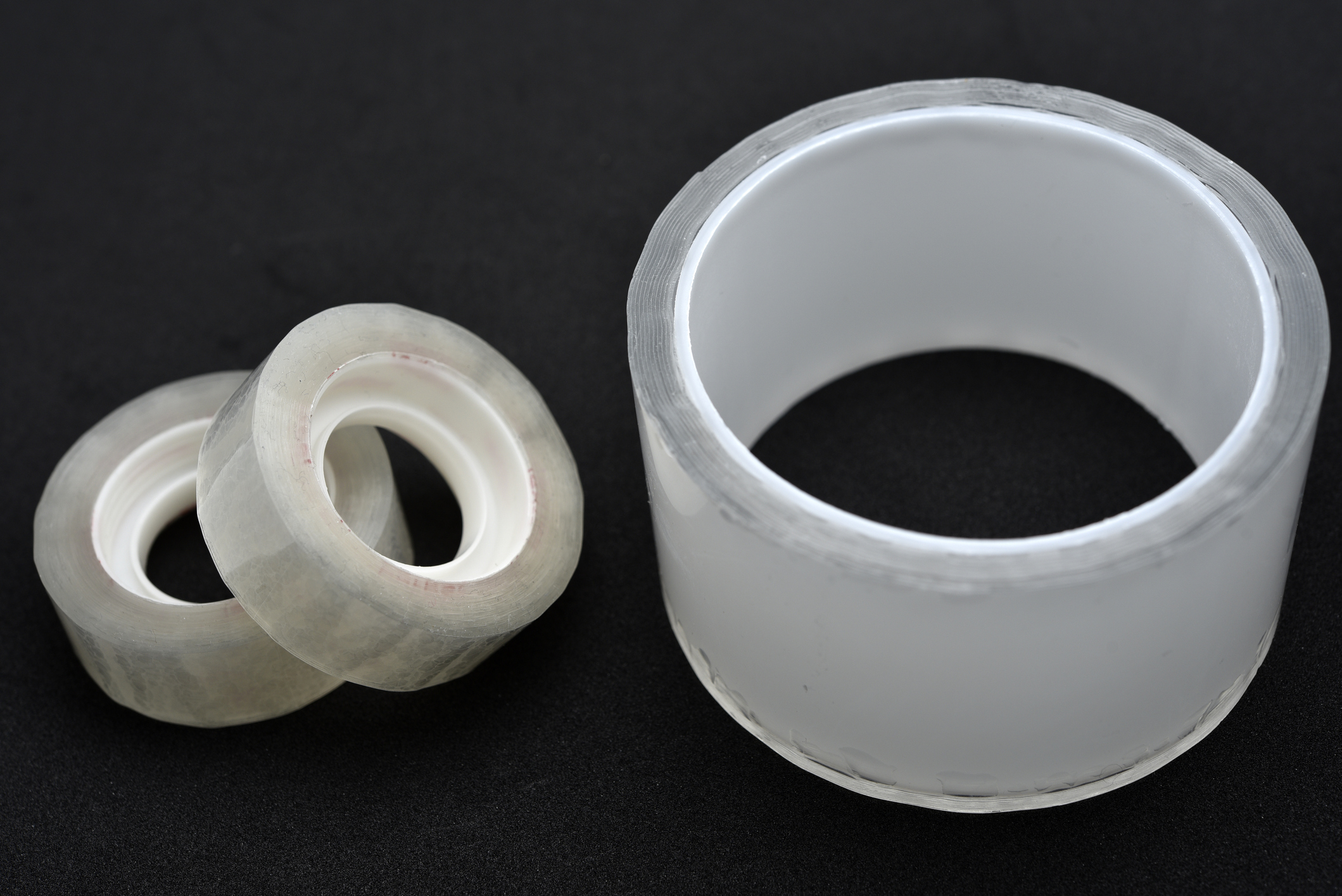When you have composites and resins that need to be consolidated or laminated, it’s important to select the right process for your project. Typically, three options are the most common: shrink tape, vacuum bagging, and autoclaving. Let’s explore shrink tape vs. vacuum bagging vs. autoclaving to help you determine which is the best solution for your particular project.
Vacuum Bagging
During the normal vacuum bagging process, the composite is laid up and resin infused as it’s put under vacuum to wet out and compact the laminate. This process has commonly been used to manufacture and repair composites. It removes air voids and produces parts with stronger properties, but the process does have some drawbacks.
It can be costly and time-consuming when multiple layers of composite materials are used. Vacuum bagging is also a complex process that requires extensive knowledge and high attention to detail, meaning only properly trained individuals can ensure that this process is done properly and safely. There are also some limitations on certain shapes and sizes, so this process cannot be used on irregularly shaped or complex structures.
Autoclaving
An autoclave is a device that combines vacuum and external pressures to consolidate and laminate products. The vacuum portion removes air and volatiles while holding the resin in place as the external pressure suppresses any vapors into the resin matrix to prevent voids, which yields high-quality parts.
While autoclaving has many benefits, it does have some limitations. The process entails long cycle times and limited part throughput due to space in the autoclave that can be cost and part-output-prohibitive — particularly because autoclaves themselves can range dramatically in cost based on size, brand, and other factors, to the tune of several thousand dollars each. Additionally, autoclaving requires a great deal of energy to complete, further driving up the costs.
Shrink Tape
Using shrink tape to consolidate your resins and composites yields many benefits for your products. Not only does it improve the lamination of your products by removing voids in the resin and between the layers of resin, but it can also improve the mechanical strength of your cured parts. Shrink tape also gives your products high-quality surface finishes.
Shrink tape can also be customized to your application, as you have different options for shrink percentages and can obtain different results based on how your products are wrapped. There are three main factors that impact the results of your product:
- Tape Thickness: The thicker the tape, the more pressure that is sustained pressure the underlying part will see during the cure. Even slight differences in thickness — and we’re talking thousandths of an inch here — is important to consider. Working with an expert will ensure you find the right tape for your application.
- Taping Tension: This is how tightly you wrap the shrink tape around your product and helps determine the overall force applied to your product. In order to determine the proper taping tension for your product, some experimentation may be needed, or check out our tension calculator here for helpful insight.
- Overlapping: The amount your tape overlaps can impact the compaction force of your shrink tape. Overlapping is measured in percentages, and the higher the percentage of overlap, the greater the compaction force. Typically, overlapping falls between 50% and 90%.
At Dunstone, we offer various shrink tape solutions to meet the needs of nearly any project. Some of our solutions include:
- 100 Series: This is the thinnest Hi-shrink tape on the market and is recommended for use on products that do not require a significant shrink force. The 100 Series is available in shrink percentages from 5% to 20% depending on the needs of your application.
- 140 Series: This shrink tape solution offers low to moderate shrink force and is suitable for cure temperatures up to 165ºC, or 330ºF. The 140 Series is commonly used to consolidate electrical coils.
- 200 Series: Our 200 Series is our “Swiss Army knife”, with the ability to be used in a wide range of composite applications, including tubes, flexible ductwork, silicone hoses, and more.
- 300 Series: Our 300 Series is ideal for use on larger composite parts that require more compressive forces or have a more challenging resin system. This solution offers shrink forces of 5% to 20%.
- 500 Series: When you need a shrink tape solution for thick-walled composites that require moderate to high shrink force. Our 500 Series is commonly used to consolidate large composite tubes and containment rings.
- HT Series: This ETFE tape is very flexible, making it ideal for composites and resin systems that are complex shapes. Additionally, our HT Series has higher-temperature stability.
- X Series: Our X Series tape supports mechanical usage up to 400ºC cure cycles. This solution is often used in thermosetting resin systems and thermoplastic applications.
However, shrink tape also has some disadvantages. You will need to precisely apply the shrink tape in order for it to function as expected. Additionally, it will take some time to get the overlap of the tape and the taping tension used, so you may lose time and some shrink tape product in the process.
Have Questions About Shrink Tape vs. Vacuum Bagging vs. Autoclaving? Contact Dunstone to Learn More
At Dunstone, we have been creating heat shrink tape for a wide range of industries since 1958. We have decades of experience matching our customers with the right solutions for them, or creating solutions that meet their exact needs.
To learn more about our solutions, reach out to our team, or request a sample to get started.
